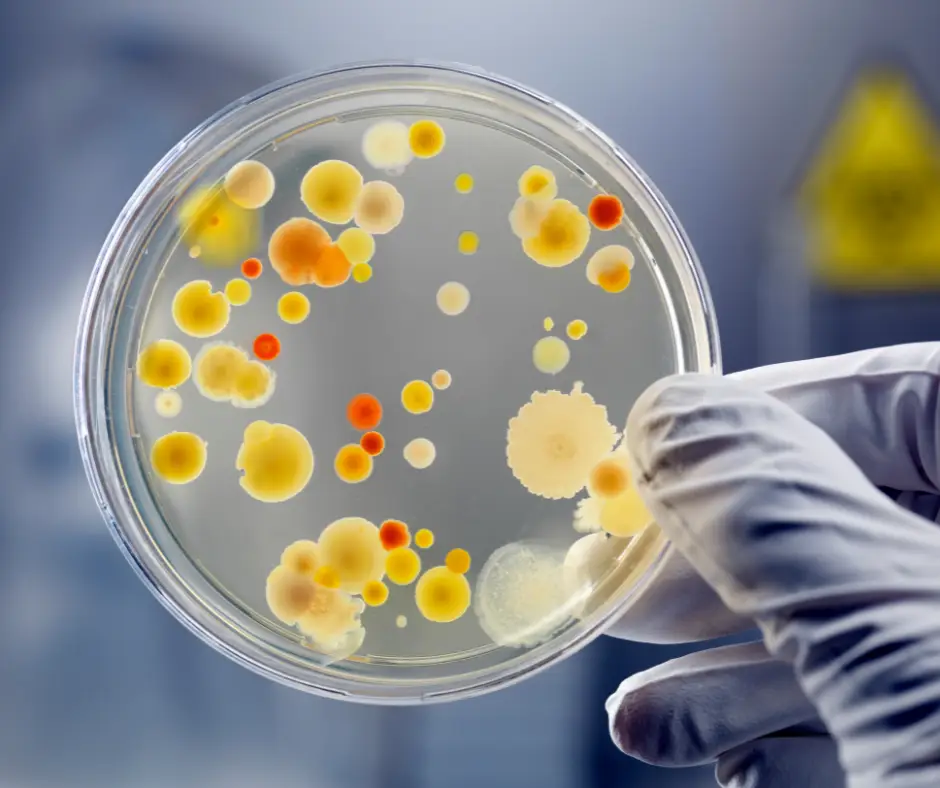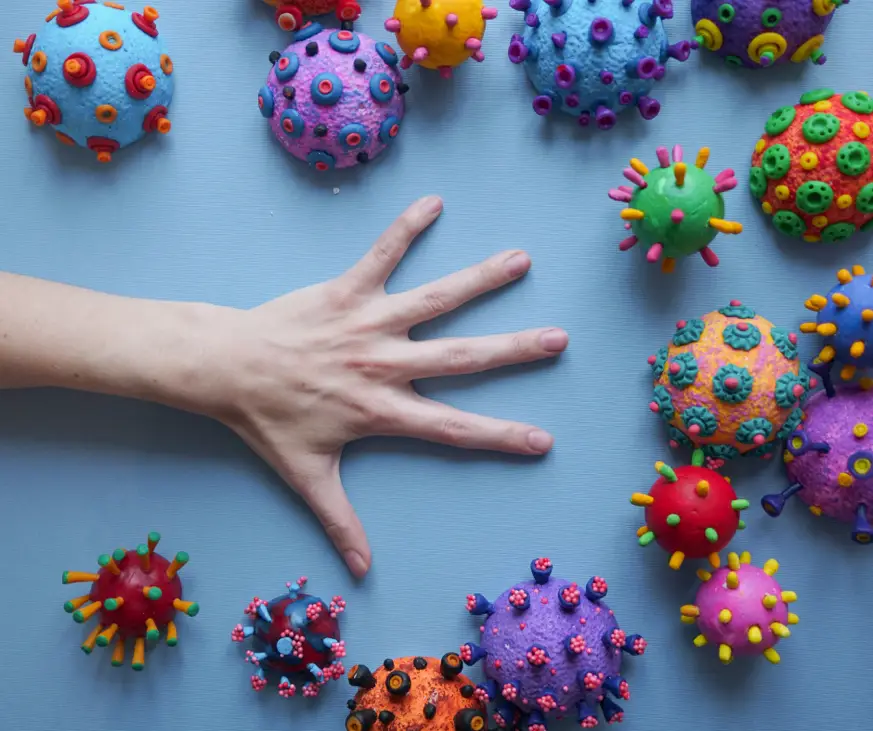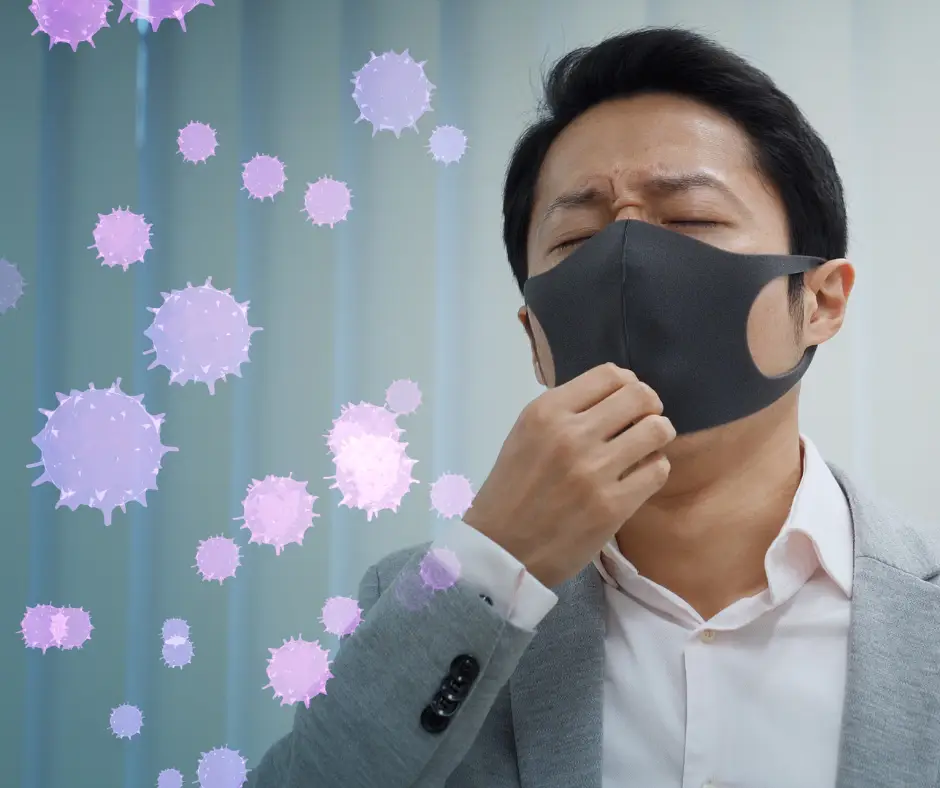Microorganisms — bacteria, viruses, fungi, and others — are everywhere. They live in the soil, in the air, on surfaces, and crucially, inside our bodies. In fact, your body hosts more microbial cells than human cells — especially in your gut, skin, mouth, and respiratory tract. Many of these are helpful. Some produce vitamins, others help digest food or train our immune systems. These are the so-called non-pathogenic microbes.
But what about pathogenic microbes — the disease-causing ones? That’s where it gets interesting.

Pathogenicity Is Not in the Microbe Alone
We often define a pathogen as a microbe that causes disease. But this definition is context-dependent. The same bacterium can be completely harmless to one person and deadly to another.
Let’s take an example:
Staphylococcus aureus lives harmlessly on the skin and in the noses of about 30% of healthy people. But in someone with a weakened immune system, or if it enters the bloodstream through a wound, it can cause serious infections — even life-threatening ones.
So, what changed? Not the microbe. The host did.
Immunity: The Lens Through Which Pathogenicity is Defined
Your immune system is the ultimate judge of whether a microbe causes disease. When it's strong and balanced, it can tolerate, regulate, or eliminate many microbes without trouble. But when it’s weak (due to age, illness, stress, or immunosuppressive drugs), even normally "friendly" microbes can turn into threats — a phenomenon called opportunistic infection.
This is why hospitals worry about infections in cancer patients, premature babies, or transplant recipients. Their immune systems are vulnerable, and microbes that are harmless in most people can become deadly in them.

No Good or Bad — Just Microbial Potential
Microbes don’t come pre-labelled as "good" or "bad." They exist on a spectrum of interaction with humans. Their behaviour depends on the environment, the immune status of the host, and even their microbial neighbours. Sometimes, two bacteria living together can form biofilms and become more harmful than they ever would alone.
So, instead of asking “Is this microbe pathogenic?”, we should ask: “Pathogenic to whom, and under what conditions?”

Why This Matters
Understanding the nuance of microbial behaviour reshapes how we think about health, infection, and even hygiene. Not all microbes need to be destroyed — in fact, wiping out all bacteria can sometimes make us more vulnerable. Overuse of antibiotics and sanitizers may disrupt the delicate microbial balance that keeps us healthy.
In the age of personalized medicine and immune profiling, we are beginning to realize that the same microbe can be a villain in one person and an invisible ally in another.
The Takeaway
Microbes are not inherently evil. Their “pathogenicity” is a relationship, not a fixed identity. It depends on you — your immune system, your environment, and your microbial community. Understanding this complexity invites us to look at the microbial world with more curiosity than fear.
After all, we’re not just living with microbes. We’re living because of them.

